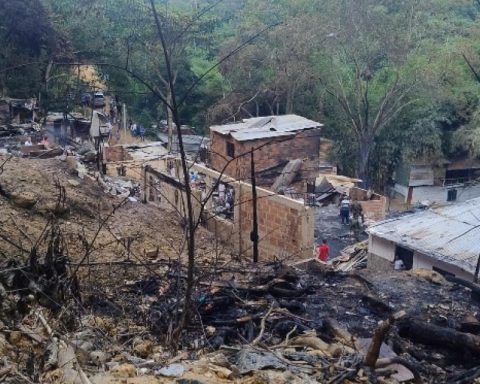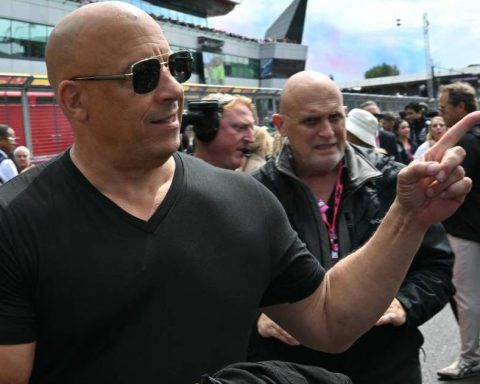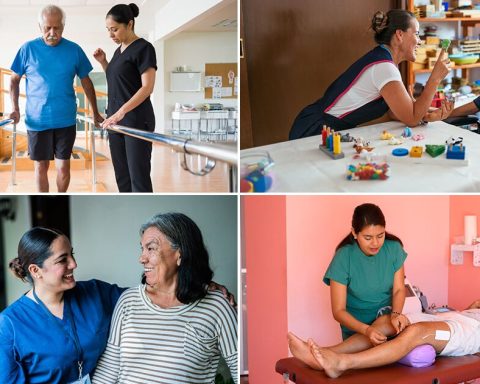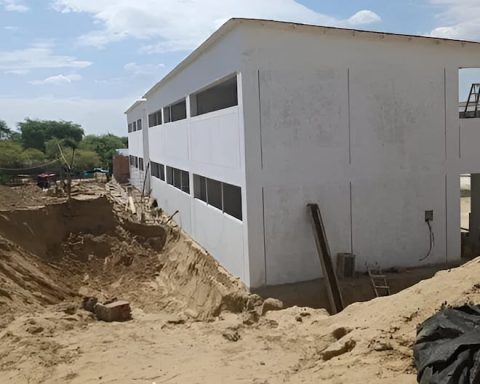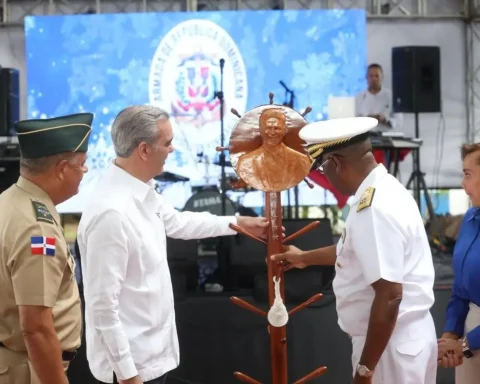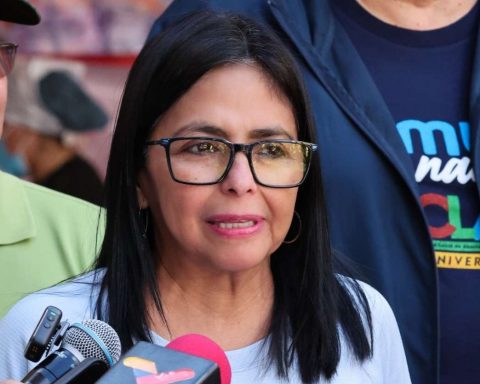The National Administrative Department of Statistics (Dane) made official the data of monetary and extreme monetary poverty for 2021, which presented a recovery in relation to the figures left by the pandemic. However, according to the director of the entity, Juan Daniel Oviedo, For urban domains, the Dane highlighted that all the 23 cities and metropolitan areas of the country had a reduction in the incidence of monetary poverty.
At the national level, monetary poverty fell from a level of 42.5% in 2020 to 39.3% in 2021, an improvement of 3.2 percentage points. In extreme monetary poverty, the reduction was from 15.1% of the population to 12.2%.
(See: Monetary poverty in Colombia in 2021 was 39.3%).
According to the entity’s report, among the 23 cities and metropolitan areas reviewed by Dane, Quibdó (64.8%), Riohacha (56.6%), Santa Marta (51.6%), Valledupar (51%) are the cities with the highest rates nationally and have the half of its population in a condition of monetary poverty.
While the lowest figures have Medellin and its metropolitan area (27.6%), and Cali and its metropolitan area (29.3%). Only these two cities have less than 30% of their population in poverty.
“Between 2022 and 2021, this reduction in poverty is read heterogeneously in the country. Bucaramanga, Villavicencio and Ibagué have been the cities that have recovered the most from the incidence of poverty they reported in 2020”, explained the director of Dane, Juan Daniel Oviedo.
(See: How many people came out of poverty in Colombia in 2021).
The capital of Santander saw a reduction of 10.6 points in its poverty rate, and in 2021 it reached 35.5% while in 2020 it was at 46.1%. Villavicencio went from 43.1% in 2020 to 33.4% in 2021, while Ibagué went from 43.2% in 2020 to 34.3%. “While Riohacha and Quibdó have not had statistically significant changes,” Oviedo clarified.
The director of Dane referred to the gaps based on the pre-pandemic benchmark, where Valledupar stands out as the city with the largest gap in 2021 compared to 2019, with growth of 10.2 percentage points. “We could highlight Popayán as the only urban domain that is at a benchmark of poverty level at the pre-pandemic level.” The city has its poverty rate at 46.3%.
(See: The territorial gaps in Colombia are getting deeper).
On the other hand, Villavicencio, Medellín, Ibagué and Cúcuta are the urban domains that have the smallest gap in relation to their pre-pandemic reference. Despite this, Dane clarified that Cúcuta is one of the cities with the highest incidence of poverty, with a rate of 49%.
(See: Poverty in Colombia is still far from returning to pre-pandemic figures).
BRIEFCASE





